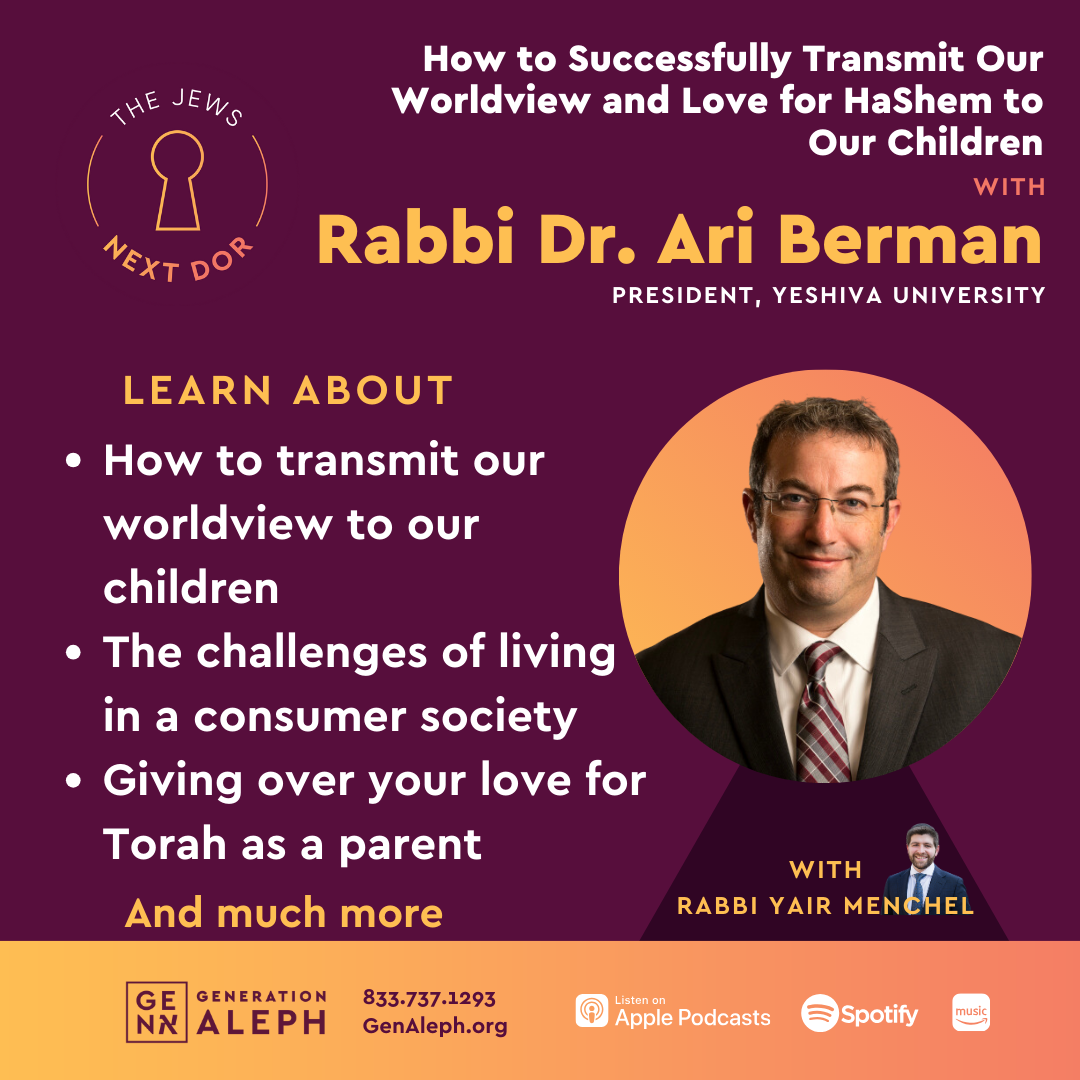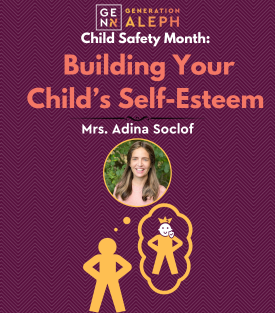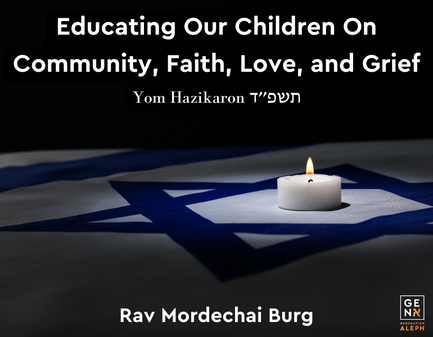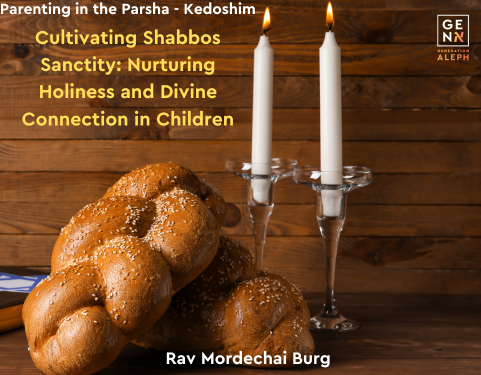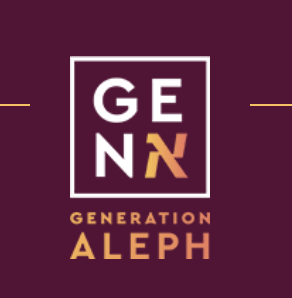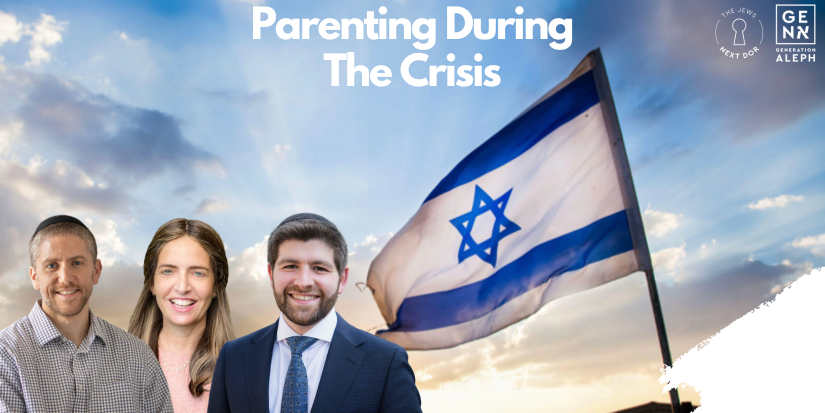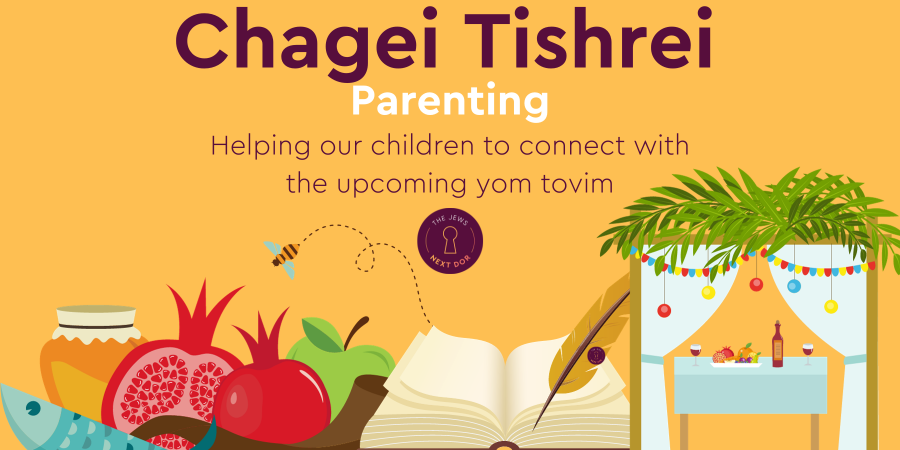וְלָבַ֨שׁ הַכֹּהֵ֜ן מִדּ֣וֹ בַ֗ד וּמִכְנְסֵי־בַד֘ יִלְבַּ֣שׁ עַל־בְּשָׂרוֹ֒ וְהֵרִ֣ים אֶת־הַדֶּ֗שֶׁן אֲשֶׁ֨ר תֹּאכַ֥ל הָאֵ֛שׁ אֶת־הָֽעֹלָ֖ה עַל־הַמִּזְבֵּ֑חַ וְשָׂמ֕וֹ אֵ֖צֶל הַמִּזְבֵּֽחַ: וּפָשַׁט֙ אֶת־בְּגָדָ֔יו וְלָבַ֖שׁ בְּגָדִ֣ים אֲחֵרִ֑ים וְהוֹצִ֤יא אֶת־הַדֶּ֨שֶׁן֙ אֶל־מִח֣וּץ לַמַּֽחֲנֶ֔ה אֶל־מָק֖וֹם טָהֽוֹר:
And the kohen shall don his linen tunic, and he shall don his linen trousers on his flesh. And he shall lift out the ashes into which the fire has consumed the burnt offering upon the altar, and put them down next to the altar. He shall then take off his garments and put on other garments, and he shall take out the ashes to a clean place outside the camp. (Vayikra 6:3,4)
There are two daily Mitzvos regarding the leftover ashes on the Altar that were to be performed before arranging the pyre and the kindling of the Altar fire; Terumas Hadeshen and Hotza’as Hadeshen. The Terumas Hadeshen is where the Kohen takes a shovel filled with ash and carefully places it (so as not to scatter) on the eastern side of the Altar. The Hotza’as Hadeshen is the cleaning of the Altar and removing the ash from the Jewish camp. While the Hotza’as Hadeshen (removal of the ashes) is designed to prepare the Altar for the day’s Korbanos, the Terumas Hadeshen is an Avodah in and of itself. It must be carried out by a Kohen dressed in the Bigdei Kehuna, the priestly garments. Ordinarily, once an object has completed its usage in the Beis HaMikdash it is no longer subject to the prohibition of Meilah (ie. it may now be used for mundane purposes). With regards to the Terumas Hadeshen, it maintains its Kedusha even after usage. What is the meaning of this unique halacha? What are the inner messages of the Terumas Hadeshen and the Hotza’as Hadeshen?
The placement of the ashes on the eastern side of the Altar was no accident. On the eastern side of the Altar was the side entrance for the Jewish people. The Terumas Hadeshen thus served as a powerful message to the Jewish people as they entered into the Beis HaMikdash. The significance of the Terumas Hadeshen was not lost upon those who witnessed it. Today’s Avodah is built upon the ashes of yesterday. We cannot move forward until we appreciate where we came from. I often wonder if we can truly appreciate the sacrifices of those who came before us. We have been blessed to grow up in a generation where going to Yeshiva is not a sacrifice but a built in feature of Jewish life. From Hatzolah to Tomchei Shabbos and beyond, we were raised in a community where fully operational institutions of Chesed are the norm. Our Shuls are spiritually inspiring, aesthetically stunning and pillars of support for those who need. None of these things happened on their own. They did not just pop up out of nowhere. We are the beneficiaries of the blood, sweat and tears of those who quite literally rose from the ashes and rebuilt Yiddishkeit after the Holocaust. There was a time, not even that long ago, where none of this existed. Those who came before us walked into the desert and with great courage and conviction they began to plant. We may not eat of their fruit without appreciating those who planted the trees.
In a certain sense, we are spoiled by the spiritual opulence of our community. When you have to fight for your Yiddishkeit, it takes on greater meaning. When it is served on a silver platter, less so. Children who are raised with an appreciation of yesterday’s Avodah see themselves as links in a chain. Responsible for the continuity of the community and deeply invested in its continued success. They are not consumers but investors and partners in this 3000+ year-old project. If we fail to communicate to our children a deep appreciation of the sacrifices that our grandparents made, they will naturally take it for granted. The community is there to serve their needs. And when it doesn’t, their response is not to be a part of the solution but to leave. The daily Avodah begins with the Terumas Hadeshen as a visual reminder that the Avodah of today does not exist in a vacuum. Our service today is built upon the service of yesterday. Yesterday’s Avodah obligates today’s.
With this explanation in mind we can now understand why even after the ashes of the Terumas Hadeshen have completed their function in the Beis HaMikdash, they retain their Kedusha and are subject to the prohibition of Meilah. Our connection to the past can never be severed. Though the ashes have completed their usage, they retain their Kedusha so as to remind us that without the sacrifice of our grandparents we would quite literally be nowhere.
And yet, following the Terumas Hadeshen we have the Hotza’as Hadeshen, the removal of the ashes from the Beis HaMikdash. We remove all of yesterday’s Avodah so that today begins with a fresh start. The Terumas Hadeshen anchors us in yesterday, the Hotza’as Hadeshen focuses us on today. What worked for a previous generation may not work for today’s generation. To quote my Rosh Yeshiva, HaRav Yaakov Bender shlit”a, a Gaon and a Gadol in the world of Chinuch, “Every Mitzvah has a Mesorah of how to perform that Mitzvah except for one. One Mitzvah has no Mesorah. The Chinuch of our children has no Mesorah. It has to change with the times.” Those who know Rabbi Bender know that his worldview is certainly anchored in the Mesorah of our Bubbies and Zadies. And yet, the Rosh Yeshiva is teaching us that every generation is unique and requires a unique Chinuch. What message are we communicating to our children with the constant refrain of Yeridas Hadoros? How do our children feel when we tell them, “In my day…”? If we teach our children that they are less than, they will behave accordingly. Yes, the Chinuch our children are receiving is different from the one we received, just as the Chiunch we received was different from the one that our parents received. Times change and we must adapt accordingly.
The Avodah of our children, though anchored in the ashes of yesterday, must be firmly rooted in the present reality. They were born into these particular times in order to fulfill a particular mission that is relevant only to these times. Had Hashem needed these souls in a previous generation He would have brought them into the world at that time. Our children are here at this particular time because here and now is exactly when they are needed to make our world into a more Godly place. When our children are raised in an environment that celebrates their Avodah, when they find their own unique mission in this world, we see our children come alive. Only when they discover the Avodah of today will their Yiddishkeit be inspired.
To put it succinctly, yesterday’s Avodah obligates our children, today’s Avodah inspires them. Only when we have the combination of the Terumas Hadeshen and the Hotza’as Hadeshen can we be assured that our children will, with great passion, fulfill their purpose in this world and pass on the Mesorah to the next generation.
Submit your questions
"*" indicates required fields


